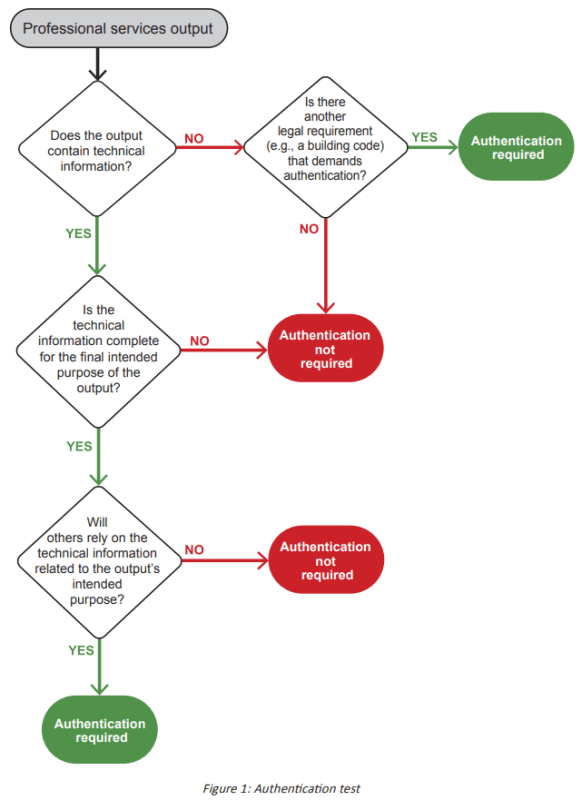AngieMa
Mechanical
- May 18, 2020
- 4
Hi Folks:
I have mechanical engineering background in upstream oil and gas and have developed a software for engineering calculations. The software domain of application relates to reservoir engineering. My goal is to monetize the software and do consulting activity around it. Being myself located in Canada, I am not in position to work as consultant until I get the appropriate professional registrations with the provincial regulator. While this process is ongoing, I understand that any business activity which can be viewed as practicing engineering and advising/consulting clients - on this instance ion matters interesting reservoir engineering - would simply be NOT allowed in absence of the relevant permits.
WHILE THE CLEARING OF THE NECESSARY PERMITS IS IN PROGRESS, I would like to sell straight away software licenses to users in order to cover some running costs. More specifically, the idea is to start billing clients on the basis of software related service such as:
a- Maintenance of the software, operation on database systems
b- Compensation for running costs related to use of hosting services, processing power, etc.
c- Other software support services (license management, etc.)
...
One troubling area relates to the fact that the software generates engineering outputs (parameters, etc.) which themselves are intended for consulting and for software-aided decisions. The audience is typically reservoir/petroleum engineers, etc.
My question : Can I run a business a concept solely based on software services as itemized above keeping any reservoir engineering matters out of the scope. So, clients would be billed on this basis and disclaimer shall be agreed that any business activity / service offered to client must not be regarded as advising them.
Would this be doable and a safe option?
I have mechanical engineering background in upstream oil and gas and have developed a software for engineering calculations. The software domain of application relates to reservoir engineering. My goal is to monetize the software and do consulting activity around it. Being myself located in Canada, I am not in position to work as consultant until I get the appropriate professional registrations with the provincial regulator. While this process is ongoing, I understand that any business activity which can be viewed as practicing engineering and advising/consulting clients - on this instance ion matters interesting reservoir engineering - would simply be NOT allowed in absence of the relevant permits.
WHILE THE CLEARING OF THE NECESSARY PERMITS IS IN PROGRESS, I would like to sell straight away software licenses to users in order to cover some running costs. More specifically, the idea is to start billing clients on the basis of software related service such as:
a- Maintenance of the software, operation on database systems
b- Compensation for running costs related to use of hosting services, processing power, etc.
c- Other software support services (license management, etc.)
...
One troubling area relates to the fact that the software generates engineering outputs (parameters, etc.) which themselves are intended for consulting and for software-aided decisions. The audience is typically reservoir/petroleum engineers, etc.
My question : Can I run a business a concept solely based on software services as itemized above keeping any reservoir engineering matters out of the scope. So, clients would be billed on this basis and disclaimer shall be agreed that any business activity / service offered to client must not be regarded as advising them.
Would this be doable and a safe option?

